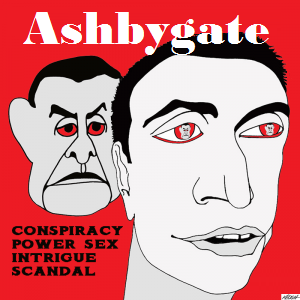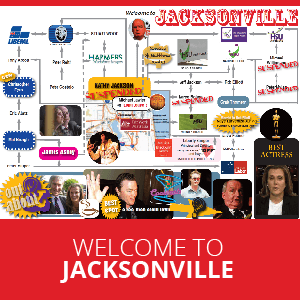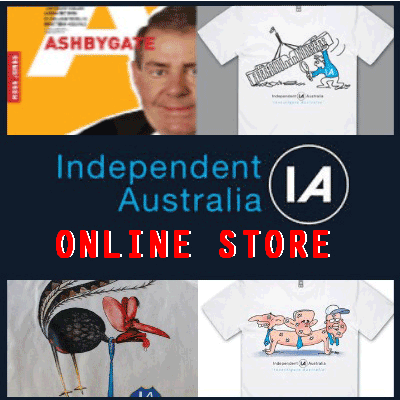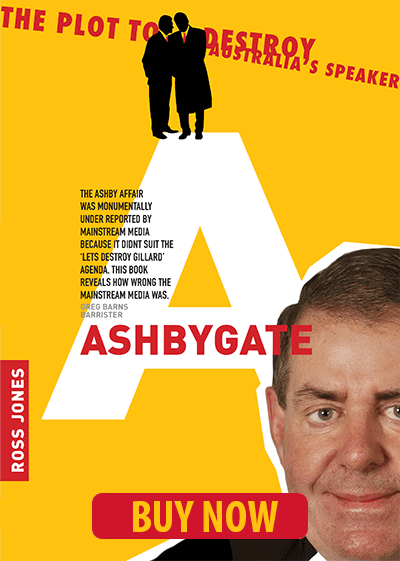Melissa Price seems set to continue as the Minister for Environment in name only.
Scott Morrison told journalists before the Federal election that Melissa Price would continue in her role as Minister for Environment if the Coalition won.
If Morrison keeps his word, the re-appointment of Price will send a spine-shivering signal to anyone concerned about the environment.
Price has made extraordinary efforts to refuse interviews, ignore emails and any form of communication during and prior to the election. Her obsession with hiding from the media and public scrutiny does not allow any transparency in terms of ascertaining any values, views, or vision held by this Liberal politician.
Trying to get a handle on Price’s background requires considerable digging. We know she’s the Member for Durack in Western Australia. A huge electorate with 51 local government areas covering 1.6 million square kilometres. The Minister’s travel expenses are a significant cost to the taxpayers who are billed for travel allowances, airfares and charter flights to travel to her remote WA electorate from her waterfront house in Perth.
Price has billed taxpayers tens of thousands of dollars in travel allowance, airfares and charter flights. Parliamentary disclosures made by Ms Price reveal she spent $97,211 in travel expenses flying to and from her electorate of Durack, including $22,812 in travel allowances and $10,297 in family travel, during the 2017-18 financial year.
In 2014, Melissa Price and Finance Minister Mathias Cormann both had a day at the track in the luxurious Western Australian coastal town of Broome, 2,200km north of Perth. The two ministers charged taxpayers $14,000 to take their partners to the race meeting.
We know the speed and timing of her approval for Adani’s groundwater plan a few weeks before the election was dodgy. Demonstrated by a complete failure to acknowledge that Adani's key water management plan was “so flawed, its outcomes were unreliable “, as scientists from the CSIRO warned the Environment Minister’s Department.
On 24th April, Price approved a giant uranium mine in outback Western Australia the day before the Federal election was announced.
'the State EPA found the mine could threaten survival of 11 microscopic species of stygofauna. The mine requires clearing of up to 2,400 hectares of native vegetation and could lead to the local groundwater dropping by 50 cm.'
Even the massive fish kill numbering in the millions in the Lower Darling earlier in the year, could not lure the Minister from her den.
Her best effort was this response to Member for Kingston Amanda Rishworth during Parliament Question Time:
'significant rainfall was needed to alleviate the poor water quality and release of more water into the system from upstream dams would not improve the conditions.'
Establishing any insights into the invisible Minister’s views on animal welfare and the environment can only be obtained from excerpts of speeches or responses to questions in Parliament.
In her address in reply to the Governor General's speech in December 2013, Price recalled that her grandfather and uncle had both been State Labor politicians and her father had “work[ed] hard for the Labor Party”.
Price detailed her background including ties to the mining industry:
I have had a colourful work history. I have enjoyed working in the hospitality and insurance industries, and also in management in the fast food industry, the grains industry and the mining industry, where I worked for Robe River Iron Associates at Wickham, and also the iron ore company Crosslands Resources. I was even an aerobics instructor at one point in my history.
My time working for Crosslands Resources, which is part of the Oakajee stable of companies, and is owned by Mitsubishi Corporation, was also very valuable. Wearing my business development hat I had the pleasure of travelling deep into the mid-west to assess possible mining acquisitions, near to towns like Yalgoo, Cue and Meekatharra.
Her pro-mining stance is evident here:
Madam Speaker, you did not need a crystal ball to predict the failure of the mining tax. Although it raised, relatively, no revenue, it still hung over the mining industry like a bad smell. From a regulatory point of view, it put a drain on the industry, whilst also discouraging investment and making Australia internationally uncompetitive.
Her attitude to the appalling evidence of cruelty and mistreatment on the live export ships reveals a lack of concern for animal welfare:
Many cattle producers are still recovering from the effects of Labor's knee-jerk ban on live animal exports. This has highlighted how vulnerable this part of the industry is with so few markets; the sooner we can open up more markets, the better. Whilst the opponents of this industry are focused on animal welfare, I am focused on human welfare as we hear disturbing stories of cattle producers' families receiving threats, with too many taking their own lives. These are all issues that I know are important to my Coalition colleagues.
Many people would be unaware that the Coalition Government in 2019 provided Murdoch University’s Harry Butler Environmental Education Centre with $25 million over four years.
Price said in response to a question without notice in April.
The centre will carry on his work and legacy, which was dedicated to teaching people to protect the ecosystem they are a part of. Harry Butler, like our government, believed in the community, business and diversity co-existing. We are proud to support the centre's work. The other partner is Chevron.
Butler was a supporter of development projects such as mining, working with corporations and state governments as an environmental consultant:
Butler was convinced that conservation and development were not incompatible:
"I’ve achieved more by working with mining companies and other developers than I ever would have lying down in front of bulldozers."
In the 1980s he was criticised by many for his work as a consultant on the Franklin River Dam project and his support for mining in Kakadu National Park.
"I am a little different to most conservationists."
Butler had a particularly controversial '$600 a day position with the Tasmanian Government as front man for the Franklin River hydro scheme'.
In 2006, he was back in the back in the news saying that a $15 billion liquefied natural gas (LNG) plant, in the Greater Gorgon field near Barrow Island, should be allowed to proceed, despite the fact that WA's Environmental Protection Authority had issued a negative report about the plan.
The blurb on her website says Price believes 'Australia’s natural environment is one of our greatest assets. She is committed to practical policies to conserve the environment, with a strong focus on mobilising support within local communities to ensure it remains protected for future generations.'
And in a speech on National Threatened Species Day in February 2018, she claimed:
"With the appointment of the Threatened Species Commissioner some two years ago, we took a step in the right direction in terms of raising the profile of conservation efforts. I believe we're on our way to stopping the high rates of extinction that we've seen over the last 200 years."
In your dreams, "Environment Minister".
You can follow Sue Arnold on Twitter @koalacrisis and Koala Crisis on Facebook here.
 This work is licensed under a Creative Commons Attribution-NonCommercial-NoDerivs 3.0 Australia License
This work is licensed under a Creative Commons Attribution-NonCommercial-NoDerivs 3.0 Australia License
Support independent journalism Subscribe to IA.











